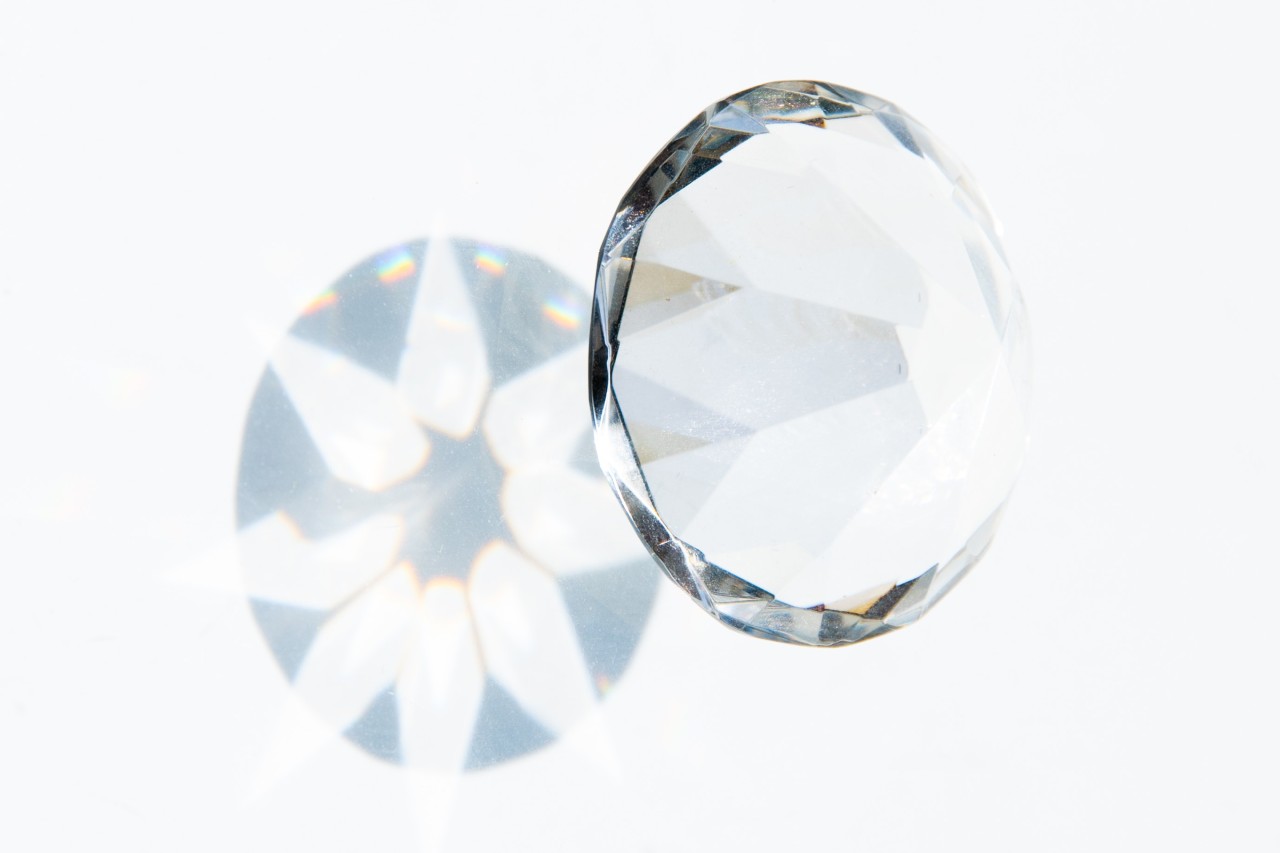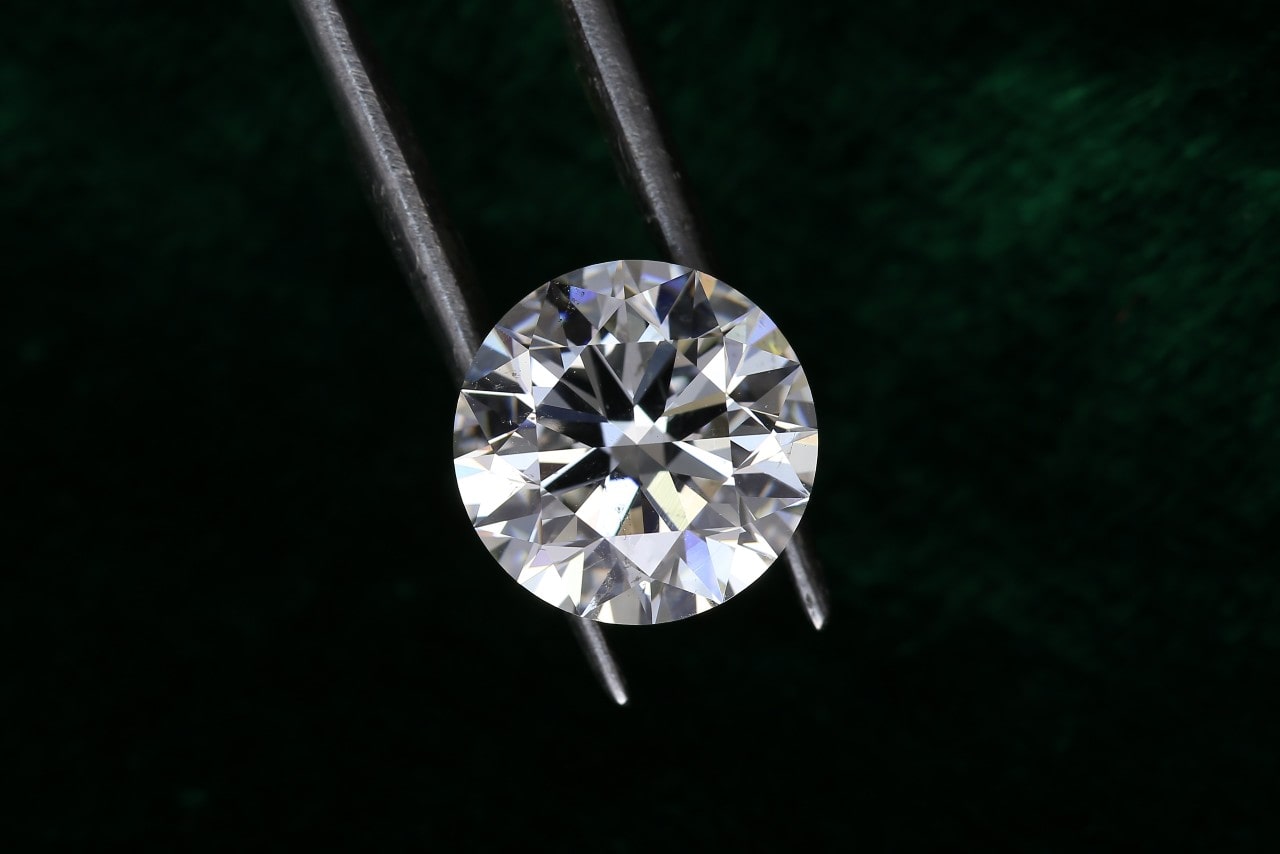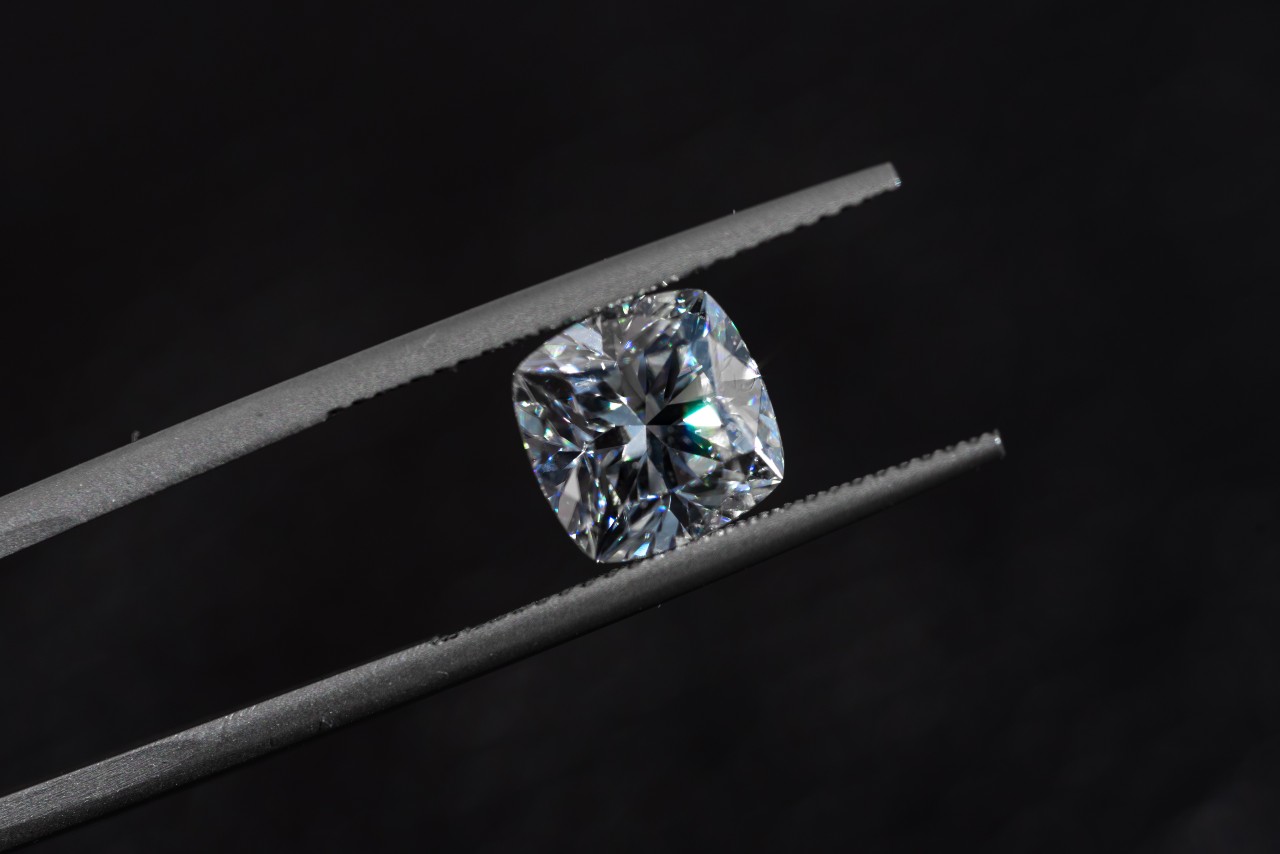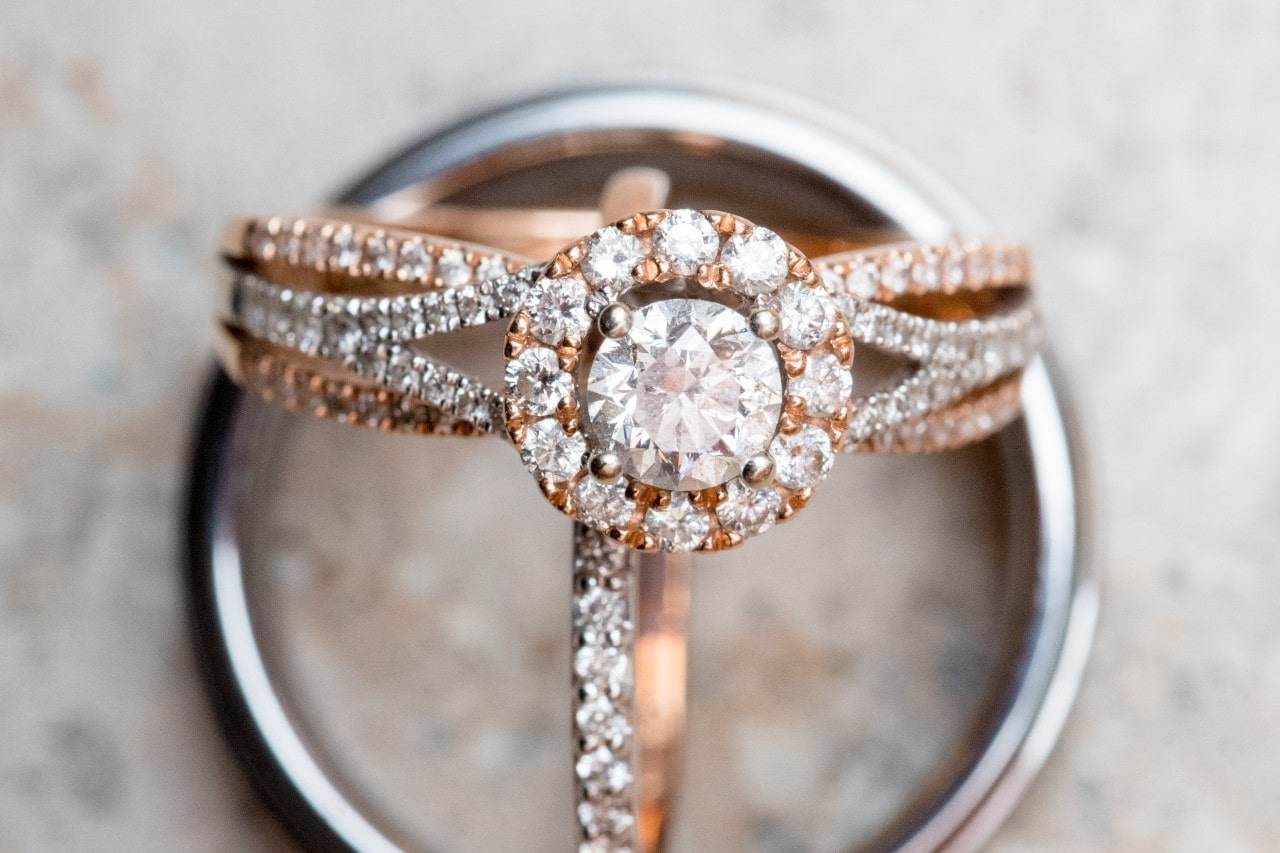Natural vs. Lab-Created Diamond Guide
April 15th, 2023

The topic of natural versus lab-grown diamonds has become increasingly relevant in fine jewelry and for good reason. As consumers become more conscious of the environmental impact of diamond mining and seek more affordable alternatives, the market for lab-grown diamonds has grown significantly. However, many still prefer natural diamonds for their unique characteristics and perceived value. This article will explore the differences between natural and lab-grown diamonds, including their formation, features, and value, to help readers decide when purchasing diamond jewelry.
What Are Natural Diamonds?
Diamonds are a mineral composed of pure carbon atoms arranged in a crystalline structure. They are the hardest known natural material and have a unique ability to refract and reflect light, creating a dazzling display of fire and brilliance. While most diamonds are formed deep within the Earth's mantle under extreme heat and pressure, some are formed by asteroid impacts on Earth's surface. Natural diamonds come in various colors, including white, yellow, brown, and pink, with the rarest and most valuable being colorless or pink.
Diamonds have been treasured for their beauty and rarity for centuries and are often used in fine jewelry such as engagement rings, wedding bands, and necklaces. In recent years, there has been a growing demand for ethically-sourced diamonds, mined and sold in a way that respects the environment and human rights.

How are Lab-Created Diamonds Made?
Lab-grown diamonds are created through two main methods: Chemical Vapor Deposition (CVD) and High-Pressure High Temperature (HPHT). Both ways can produce high-quality diamonds that are visually identical to natural diamonds, and the choice between them often depends on the manufacturer's capabilities and preferences. CVD involves placing a “diamond seed” (a tiny diamond) into a vacuum chamber and exposing it to carbon gas. The gasses are ionized into plasma, which breaks down the molecules and causes carbon atoms to deposit onto the diamond seed, eventually forming a diamond.
Meanwhile, the HPHT method involves subjecting a diamond seed to extremely high pressure and temperature, simulating the natural conditions required for diamond formation deep within the Earth's mantle.
What are the Benefits of Lab-Grown Diamonds?
Lab-grown diamonds offer several benefits over natural diamonds. Firstly, they are typically more affordable, with prices up to 30% lower than their natural counterparts. Secondly, lab-grown diamonds are more sustainable and ethical than mined diamonds. They are produced in a controlled laboratory environment, which greatly reduces the environmental impact of diamond mining, including deforestation and water pollution. They also don't involve the use of exploitative labor practices, which is an issue in some parts of the world where diamonds are mined. Thirdly, lab-grown diamonds offer more options in terms of color and clarity, as they can be created in multiple colors and with fewer inclusions than natural diamonds.

Why Consider a Naturally Mined Diamond?
While lab-grown diamonds have many benefits, some people still prefer natural-mined diamonds. One of the main reasons is their uniqueness and rarity. Natural diamonds are formed over millions of years and are incredibly rare, symbolizing luxury and exclusivity. They have a distinct beauty and character that cannot be replicated, which is particularly important for people who value diamond jewelry's sentimental and emotional aspects. Additionally, natural diamonds often have inclusions, which are natural imperfections that can give the diamond its own unique character and make it more valuable to some collectors. For those who appreciate the rarity and timeless value of natural-mined diamonds, they remain a desirable and sought-after choice.
What is Right for You?
Choosing between natural or lab-grown diamonds depends on individual preferences and circumstances. A natural diamond may be the preferred choice if rarity, uniqueness, and emotional value are important factors. However, if environmental impact, ethical concerns, and cost-effectiveness are priorities, a lab-grown diamond may be the better option. Ultimately, the decision should be based on personal values, budget, and the intended use of the diamond. Both natural and lab-grown diamonds offer beauty and value, and each has its own unique benefits. Conduct thorough research and choose a reputable jeweler to ensure the diamond meets your expectations and fits your needs.

Find the Best Diamond Selection at Rottermond
At Rottermond, we take pride in providing an exceptional selection of diamonds and engagement rings to our Michigan community. Our expert jewelers are equipped with the knowledge and tools to provide top-quality repair, polishing, and cleaning services for all types of jewelry. Whether a simple repair or a complex restoration, we are committed to ensuring that our customers’ jewelry looks and functions at its best. Email Info@Rottermond.com for more information, or visit our Milford or Brighton showrooms to view our selection in person.
 Book Appointment
Book Appointment 


